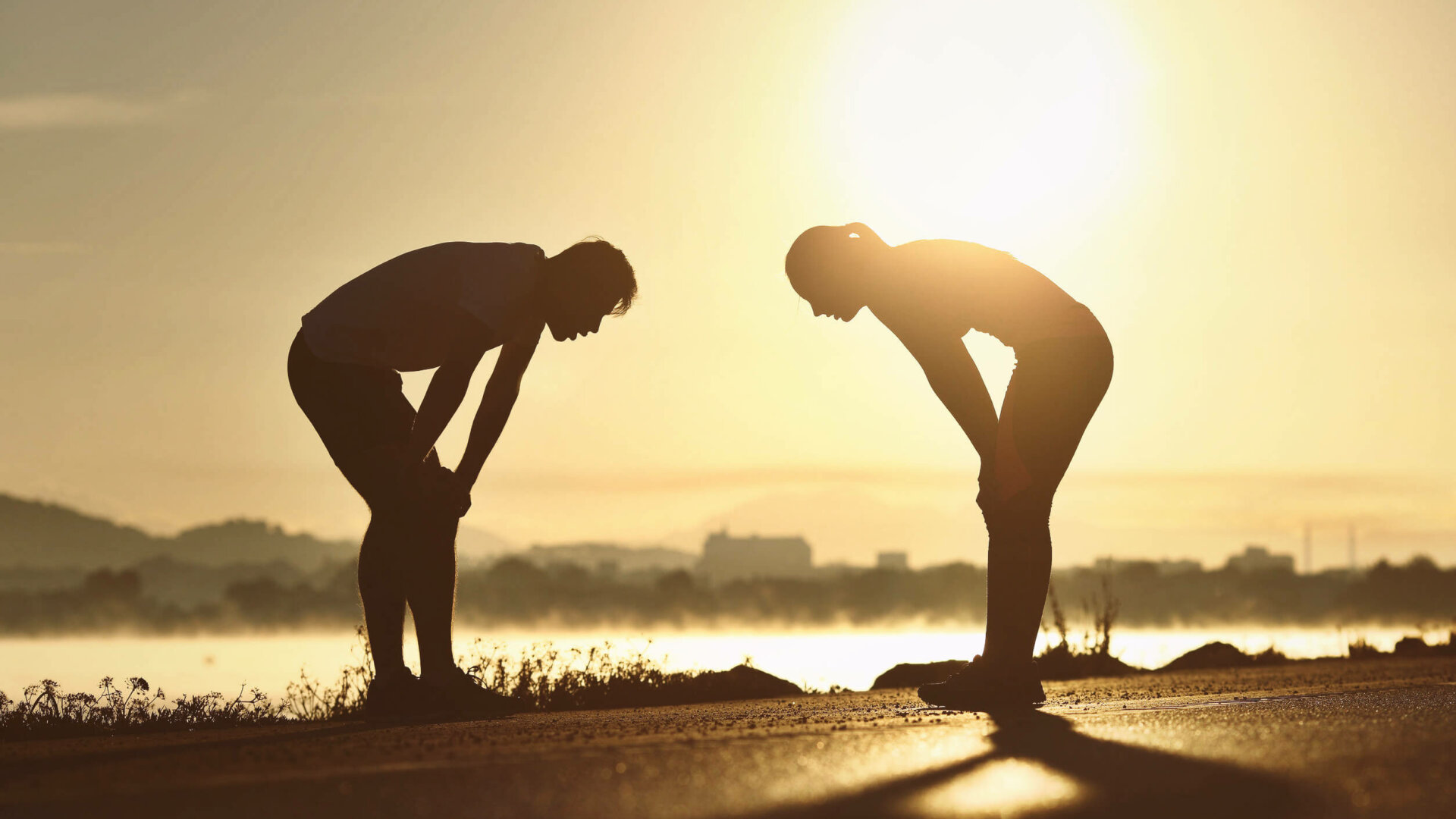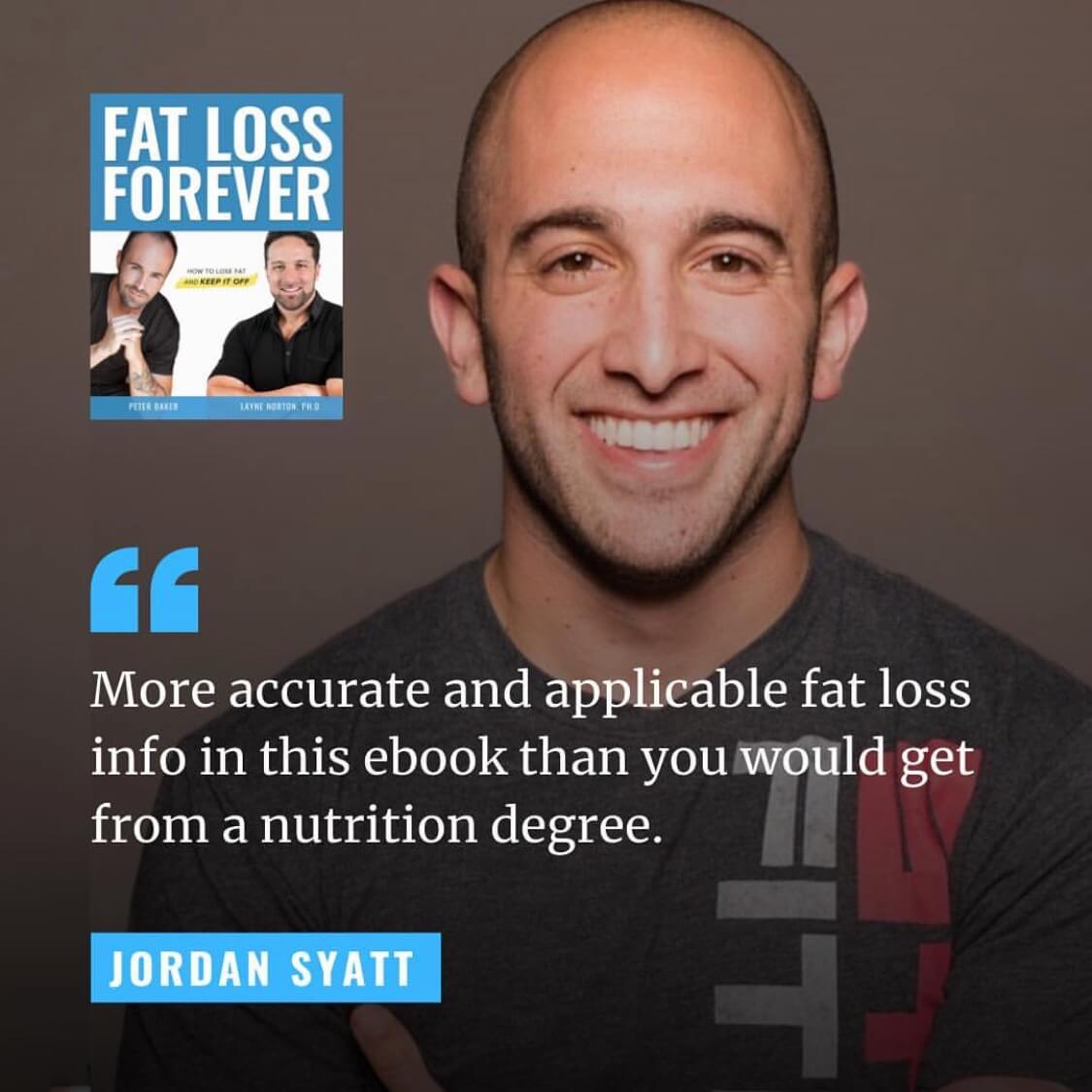Anyone who currently or previously has exercised regularly knows exercise makes you feel great. There are many benefits to exercise some of which include:
- Improved Weight Management [1]
- Build Muscle & Bone [1]
- Reduced Risk of Chronic Disease [1]
- Increased Energy & Better Sleep [1]
- Improved Cognition [1]
- Improved Mood & Reduced Stress [1]
- Fun! And Enhanced Social Life [1]
- Reduced Anxiety [1]
- Reduced Depression [1]
- Increased Attention Span [1]
- Overcoming Addiction [1]
- Optimization of Hormones [1]
- Improved Sex Life [1]
- Improved Ability to do Activities of Daily Living [1]
- Improved Aging [1]
For more detailed information on these benefits, check out “Spark: The Revolutionary New Science of Exercise and the Brain” by John J. Ratey. I read this book a few years ago and it was a very entertaining read which dives deep into research related to all the benefits listed above. Anyway…
If pharmaceutical companies could put all these benefits into a tablet and sell it, in my opinion, it would most likely be the most used drug in the world (which is saying something, because people use a lot of drugs these days). Looking at this list, one would think that it would be a no-brainer that every single person would participate in a regular exercise program. I would think people would exercise for the “improved sex life” benefit alone. But that’s just me and that’s not the case. Check out these alarming statistics:
- Less than 5% of adults participate in 30 minutes of physical activity each day; only one in three adults receive the recommended amount of physical activity each week. [2]
- More than 80% of adults do not meet the guidelines for both aerobic and muscle-strengthening activities, and more than 80% of adolescents do not do enough aerobic physical activity to meet the guidelines for youth. [2]
- 28.0% of Americans, or 80.2 million people, aged six and older are physically inactive. [2]
After reading those statistics, you might be wondering to yourself, “What are the guidelines for aerobic and muscle strengthening activities? And do I meet them myself?” Current Physical Activity Guidelines for Americans are broken down by age groups which include:
- 6-17 years old
- 18-64 years old
- 65 years and older
To keep things simple, I’ll let you check out the 6-17 years old and over 65 years old categories yourself if you’re truly interested, just Google it. The current Physical Activity Guidelines for Americans ages 18-64 years old include:
- Avoid inactivity [3]
- For substantial health benefits, adults should do at least 150 minutes (2 hours and 30 minutes) a week of moderate-intensity, or 75 minutes (1 hour and 15 minutes) a week of vigorous-intensity aerobic physical activity, or an equivalent combination of moderate- and vigorous-intensity aerobic activity. Aerobic activity should be performed in episodes of at least 10 minutes, and preferably, it should be spread throughout the week. [3]
- For additional and more extensive health benefits, adults should increase their aerobic physical activity to 300 minutes (5 hours) a week of moderate-intensity, or 150 minutes a week of vigorous-intensity aerobic physical activity, or an equivalent combination of moderate- and vigorous-intensity activity. Additional health benefits are gained by engaging in physical activity beyond this amount. [3]
- Adults should also include muscle-strengthening activities that involve all major muscle groups on 2 or more days a week. [3]
To me, it’s unbelievable that 80% of Americans fail to perform at least 150 minutes of moderate-intensity aerobic activity and a total body weight training session twice a week. This lack of exercise is unequivocally a factor in the current health status of Americans which includes doubling the percentage of obese adults from the early 1970s at roughly 15% of the population to 34% in 2007-08. [2]
What could possibly be preventing people from exercising and experiencing the long list of benefits that exercise provides? One study [4] conducted a survey of 1044 college aged students of varying genders and races to determine the motives and barriers to exercise for those who exercise and those who do not exercise. They survey used open ended questions, meaning the subjects were able to respond freely rather than answer a multiple-choice type question. The top 10 most common barriers to exercise for non-exercises based on the study results were as follows:
- No time, 69.6%
- Laziness, 20.4%
- Other Priorities, 18.8%
- No Motivation, 18.3%
- No Energy/Tired, 15.8%
- Dislike Exercising in Public, 15.3%
- Health Issue, 9.2%
- School Work, 8.8%
- Satisfied with Looks, 7.5%
- Dislike of Exercise, 7.5%
As a professional in the field of health and exercise, I want to help as many people go from not exercising to exercising and enjoy the act of exercise. To see a list of barriers to exercise that includes things such as “No Time”, “No Motivation”, “No Energy/Tired”, “Dislike Exercising in Public”, and “Dislike of Exercise” makes me think that I might be able to do just that, help.
Overcoming Barriers to Exercise
1. Dislike Exercising in Public/Dislike Exercise
There will always be that one stubborn person that can’t find anything he or she enjoys. But for the rest of us, there are so many options when it comes to “how” to exercise. No matter your likes and dislikes, injury or medical history, or financial situation, I believe there is something for everyone.
If you don’t like exercising in public, do it from your home. There are plenty of workout DVDs and YouTube channels with excellent workouts for all levels of exercisers. This is a cheap and efficient way to get started especially if you are maybe self-conscious about your physical appearance or exercise technique, like many who are new to exercise.
If you don’t mind being in public, you create even more options for yourself. Outdoor walking, running, or cycling are popular methods of exercise. If weather is a factor where you live, all these modes of exercise can be completed inside a gym. Once inside a gym experiment the options are endless. Many gyms offer classes such as Zumba and yoga. Even within yoga, there are many different forms of movement which could be faster and more physically demanding or slower and less physically demanding. If you prefer to be more physical with your movement, maybe martial arts or boxing type of classes might be your preference. Weight training itself can provide many different styles to train such as bodybuilding, powerlifting, strongman, Olympic weightlifting, and CrossFit.
Or maybe something less conventional is more your style. Swimming and dancing provide excellent forms of cardiovascular training. Or maybe you like something even more unconventional like skateboarding or rollerblading.
For some, the thought of exercising itself is the problem. But if you’re able to do something that doesn’t feel like your exercising, maybe you’ll actually exercise. For the past few years, I have been playing adult recreational soccer which is an excellent method of exercise. If soccer isn’t your thing, maybe basketball or softball is.
With all these options available, there must be something enjoyable to you. Experiment, discover, be ok with not being the best, just enjoy moving.
2. No Motivation
What the hell is motivation anyway? Motivation is just you becoming excited and determined about doing something, and then doing that something. So how can you get excited about doing something, like exercise? If getting started with exercise is a barrier to you try creating a pros and cons list of beginning an exercise program as well as educating yourself on a list of health-related benefits to exercise (like the one at the top of this article).
Whatever you decide to do, you can continue to increase your motivation for starting and sticking with you program by finding a workout partner. Having someone to keep you accountable will ensure you miss less training and enjoy your exercise more. Humans are social beings. For many, being around others can be a great benefit. Here are a few tips to finding a workout partner:
- Ask trainer at gym
Good trainers talk to everyone that walks through the gym doors. They are constantly at the gym and see everything that goes on. If there’s a trainer at your gym that you feel comfortable asking, maybe they know someone who matches your experience level. It’s worth a shot and if the trainer doesn’t know anyone, no harm, no foul. You have nothing to lose. - Ask a friend or family member
Maybe you already have a fitness fanatic as a friend or family member. That person could teach you the ropes of the weight room. Some of the Do’s and Dont’s of the gym and believe me, gym etiquette is invaluable. Or if the person you’re thinking of doesn’t already exercise, it might be something new to try together. - Ask a Coworker
Chances are you and your coworkers have similar hours. For me, I know I am much more consistent at hitting the gym if I go directly after work rather than come home first and then go to the gym. There is always something to be done at home and before you know it, your on the couch watching TV and it’s difficult to convince yourself to leave the house again. Ask a coworker to go right after work with you instead. - Drag your spouse/partner go with you
This obviously requires you to first have a spouse or partner. If you don’t move on to the next option. If you do have a significant other, the saying goes: “Couples that sweat together, stay together”. Just in case you forgot what you read earlier, exercise improves your sex life. [1]. Now both you and your partner are exercising. I’ll let the rest up to your imagination. - Group fitness classes
Finally, group exercise is a great way to meet people who have similar objectives about exercise. Try something you enjoy — cycling, zumba, yoga, bootcamp, whatever your gym offers and before you know it, you’ll have a few new friends as potential workout buddies.
If you rather not workout with someone but still want to keep yourself accountable, consider hiring a personal trainer. Personal trainers will not only keep you accountable but depending on who you hire, should be able to teach you something new. No matter what you want to learn, there are coaches for every activity; boxing or martial arts, swimming, dancing, weight training, etc. There is somebody that can teach you and keep you accountable. Many people have been training with the same trainer for years upon years. It’s not because they are learning something new every session, although I’m sure the trainer has taught them many new exercises and tricks. People train with trainers years at a time because of they keep you accountable.
Lastly, maybe you need a challenge. If going through the motions isn’t enough for you, consider training for something. Training for a sport or event could provide a great deal of motivation. Today there are many options to be competitive even as a “has been” or “never was” athlete such as recreational sports, CrossFit, 5K’s and marathons, Spartan Races and Warrior Dashes, bike races, or powerlifting.
And no matter what form of exercise you decide to try, consider adding music to it. Music has been shown in many studies to have positive effects on performance. One study demonstrated that over the course of a 30-minute maximal effort run on a treadmill, the average participant who listen to what was deemed “motivational music” compared to “non-motivational music” and a control group ran 13% and 8% further, respectively. [5] As we all know: better performance leads to better results. When you see results, most likely in the form of physical changes (i.e. – looking better) it can provide additional motivation to continue doing what you’re doing because, who doesn’t want to look good?
3. No Energy/Tired
Long days at work or school often make us tired and when your tired, the last thing many people want to do is exercise. I mean, when you’re tired, expending more energy could only make you more tired, right? It just makes sense to rest when you’re tired. Wrong. Exercise has a positive impact on energy and fatigue. A 2008 study found that 20 minutes of low and moderate intensity exercise three times per week over the course of six weeks increased vigor (energy) scores by an average of 20% and decreased fatigue in the low-intensity group by 65%. [6]
If you are worried about low energy levels and tiredness, exercise not only makes you feel more energized during the day but also improves quality of sleep. [7]
4. No Time
We all have the same 24 hours in the day. Saying you don’t have time to exercise is the incorrect way to phrase this. Instead, say, “exercise is not my priority.” By changing your wording, you change your mindset related to the activity. No one can do everything. We all can’t prioritize everything. In my opinion, exercise should be something we all prioritize enough to make time for throughout the week because of its many health benefits, but I know that’s not the case.
For many, envisioning exercising means committing to an hour of sweaty movement, but it doesn’t always need to be. Exercise style, session duration, and frequency can be different for different people and still be effective. Even the current Physical Activity Guidelines for Americans encourage everyone to be activity for at least bouts of ten minutes. In fact, short bouts of exercise can improve adherence to exercise. A 20-week randomized control trial showed obese women assigned four 10-minute bouts of exercise five days per week had greater adherence to exercise than those assigned to one 40-minute bout of exercise five days a week. [8]
If you’re searching for forms of exercise that can be accomplished in roughly ten minutes, check out Tabata.
Forms of exercise such as Tabata training can be extremely effective and efficient at squeezing a lot of exercise into a small amount of time. Tabata training gets its name from none other than Izumi Tabata, who conducted a 6-week study in 1996 measuring the differences between high intensity interval training and moderate-intensity endurance training. [9] The subjects of the study were amateur college aged males with exercise and sport experience. All subjects performed exercise on a cycle ergometer. The endurance training group performed 60 minutes of steady state endurance training 5 days per week while the interval training group performed seven to eight sets of 20 second bouts of completely exhaustive exercise measured at approximately 170% of VO2max followed by a 10-second rest between each bout. The results of the study demonstrated high-intensity interval training significantly increased both anaerobic and aerobic power while moderate intensity training improved only maximal aerobic power and did not change anaerobic capacity.
Over time, this type of training has been adapted to fit many forms of exercise, not just cycling. Many people use tabata with body weight exercises such as pushups and squats. If bodyweight exercises aren’t challenging enough for you, consider using kettlebells or dumbbell exercises such as kettlebell swings or goblet squats along with row and shoulder press variations. As a trainer, I adapt the tabata protocol to include a variety of ab exercises as well. Feel free to be creative. There is no set “right way” to perform high intensity interval training, however there are many wrong ways. An example tabata inspired workout might look like this:
- Body Weight Squats
- Push ups
- Burpees
- Ab Leg Raises
Perform each exercise for 20 seconds followed by ten seconds of rest and then move to the next exercise. Continue this cycle until you have completed 3 total rounds. This format would require a total of 6 minutes of exercise but you would have done an enormous amount of movement.
If there is a will, there is a way. Discover your “why” and break down the barriers to exercise. Become the fit you that you and the people around you deserve.
References
- Ratey, John J.,Hagerman, Eric. (2008) Spark :the revolutionary new science of exercise and the brain New York : Little, Brown
- HHS Office, & Council on Sports. (2017, January 26). Facts & Statistics. Retrieved January 21, 2019, from https://www.hhs.gov/fitness/resource-center/facts-and-statistics/index.html
- Appendix 1. Physical Activity Guidelines for Americans. (n.d.).
Retrieved January 21, 2019, from
https://health.gov/dietaryguidelines/2015/guidelines/appendix-1/ - Ebben, W., & Brudzynski, L. (2008). MOTIVATIONS AND BARRIERS
TO EXERCISE AMONG COLLEGE STUDENTS. Journal of Exercise Physiology Online,
11(5). - Barwood, M. J., Weston, N. J., Thelwell, R., & Page, J.
(2009). A motivational music and video intervention improves high-intensity
exercise performance. Journal of sports science & medicine, 8(3), 435. - Puetz, T. W., Flowers, S. S., & O’Connor, P. J. (2008). A
randomized controlled trial of the effect of aerobic exercise training on
feelings of energy and fatigue in sedentary young adults with persistent
fatigue. Psychotherapy and psychosomatics, 77(3), 167-174. - Reid, K. J., Baron, K. G., Lu, B., Naylor, E., Wolfe, L., &
Zee, P. C. (2010). Aerobic exercise improves self-reported sleep and quality of
life in older adults with insomnia. Sleep medicine, 11(9), 934-940. - Dalle Grave, R., Calugi, S., Centis, E., El Ghoch, M., & Marchesini, G. (2010). Cognitive-behavioral strategies to increase the adherence to exercise in the management of obesity. Journal of obesity, 2011.
- Tabata, I., Nishimura, K., Kouzaki, M., Hirai, Y., Ogita, F., Miyachi, M., & Yamamoto, K. (1996). Effects of moderate-intensity endurance and high-intensity intermittent training on anaerobic capacity and VO~ 2~ m~ a~ x. Medicine and science in sports and exercise, 28, 1327-1330.



